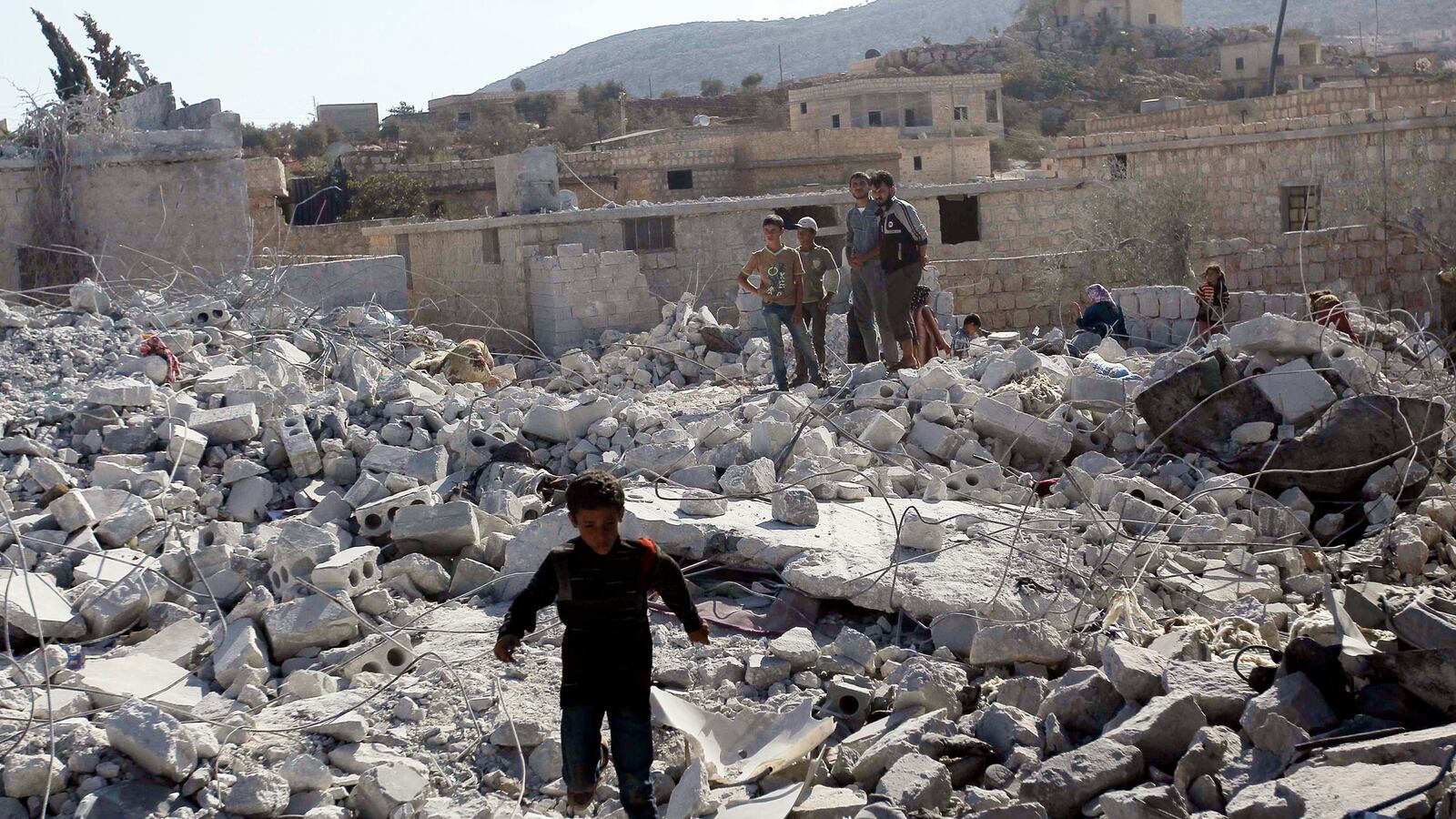Groups like ISIS and al Qaeda are ruthless and resourceful but they’re not 10 feet tall. The airstrikes in Syria on Monday proved that terrorist networks and proto-states like ISIS are vulnerable to traditional airpower. By relying so heavily on drones in our recent counter-terror campaigns we’ve been fighting with one hand tied behind our back. But a key to the success of Monday’s strikes was the use of manned aircraft with pilots who can seek out enemy targets and make on-the-spot decisions.
Drones have some important uses but they are not the end-all be-all of modern warfare, and the debate around their use and transparency often creates more problems than it solves.
Before the war on terror and the advent of armed drones, the U.S. was very aggressive in the application of American airpower, overtly, clandestinely, and covertly. In the next phase of the long war it’s time to drop the drone fetish, and the limitations it imposed, and go back to using manned airpower, which is more powerful and better suited to hunting down elusive targets like ISIS.
Destroying groups like ISIS and al Qaeda may not require massive invasions and long occupations but it needs more range and firepower than drones can provide. Even standard piloted gunships based on the C-130 platform come with Bushmaster guns and can hold up to four dozen precision-guided munitions—much more than what armed drones carry.
Conflation of the words “intervention” and “invasion” needlessly stymie debate. But to deal with a threat like the one posed by ISIS without sending the military to invade every country where the group resides the U.S. needs to utilize its standard arsenal of airpower for power projection.
In the Horn of Africa, the U.S. military has long eschewed the use of drones in favor of manned aircraft for operational reasons. Small U-28 spy planes are used instead of drones to hunt terrorist leaders and fly out of Djibouti. Navy patrol aircraft, including P-3 Orion maritime patrol aircraft originally designed to hunt Russian submarines, also regularly provide intelligence and reconnaissance support, and other NATO forces have shown similar preferences for manned aircraft.
Unlike manned aircraft, drones are not nearly as good at identifying or tracking targets in dynamic environments. Drones can perform a critical intelligence role by staying in the air a long time and providing a good overview but without a pilot on board they have a limited ability to distinguish between combatants and civilians and quickly make sense out of confusing situations on the ground.
The advantages of piloted aircraft were on display in Monday’s airstrikes where the F-22 Raptor was used to target and destroy command and control bunkers inside Syria. Between the F-22s, which were used for the first time in battle, and the cruise missile strikes from Navy ships, the U.S. and its allies hit 50 targets and killed 70 fighters from ISIS and at least 50 from the al Qaeda-affiliated Khorasan group, according to The Syrian Observatory for Human Rights. Compare that kind of targeted effectiveness with one of the options presented to President Obama in the run-up to the bin Laden raid—a so-called “hammer throw,” where a drone with little or no useful intelligence literally wings it and chucks a missile.
That’s not a precision strike and it doesn’t help us win. I’m on Team Let’s Win Every Time and Use Every Advantage We Have.
It’s good news that the military is also bringing the A-10, known as the Warthog, into battle. A jet developed in the 1970s, the A-10 was built to destroy tanks after a nuclear exchange with Soviets but its armor, range, and payload remain a welcome sound to ground personnel in today’s low-intensity conflicts. A National Guard unit recently announced it would deploy A-10s to the Middle East, a development that comes just four months after it was saved from defense cuts by Congress.
Another powerful weapon is the Spectre gunship, which uses the large body of the C-130 cargo plane and packs it with artillery so it can fly around looking for targets. Because of their mid-air refueling capability, Spectres can stay in the air indefinitely.
In contrast, drones cannot refuel in midair, conduct airdrops, or carry a meaningful amount of munitions. In fact, combat air patrols are deliberately structured to place three or more drones over one spot to make up for these shortcomings.
The United States will continue to carry out airstrikes and surveillance missions worldwide, but the drone-centric strategy used in Yemen and Pakistan does not work in Syria or future hot spots. The U.S. has the most powerful air force in the world. It’s time to let its pilots do what they do best, and stop worrying about—and worshipping—mere robots.
Robert Caruso supported strike operations in the United States Navy and a Joint Task Force, and served in the Office of the Secretary of Defense and the Department of State.






